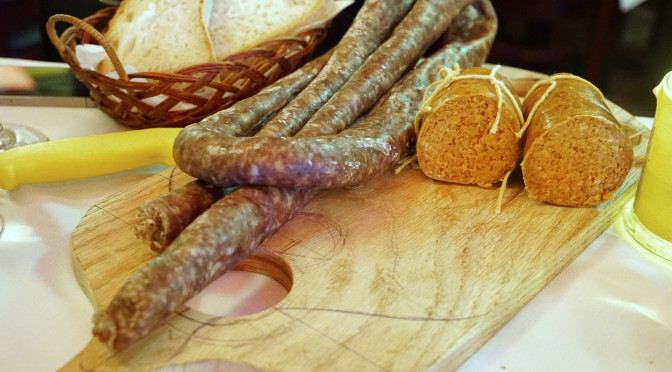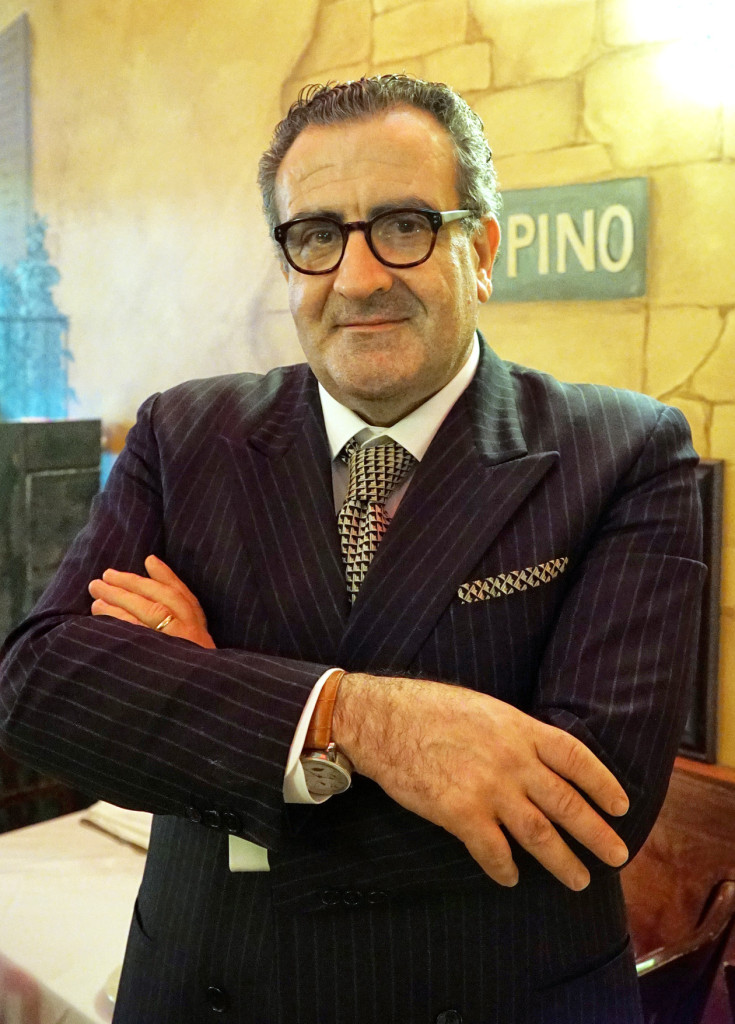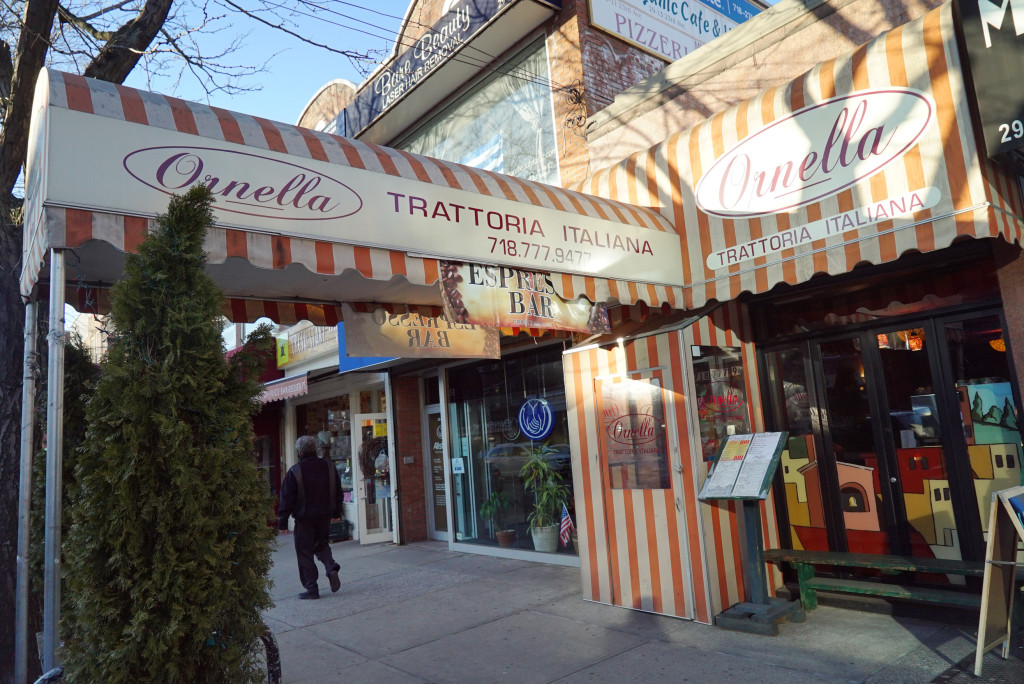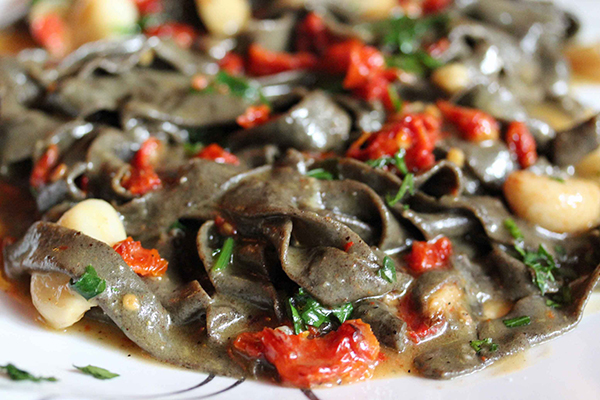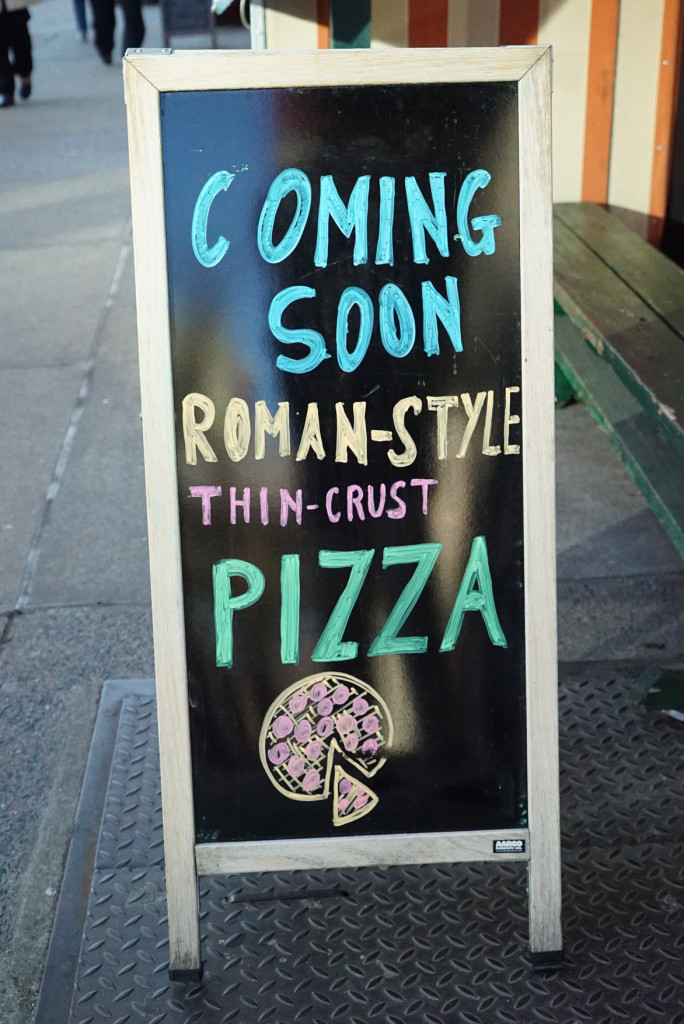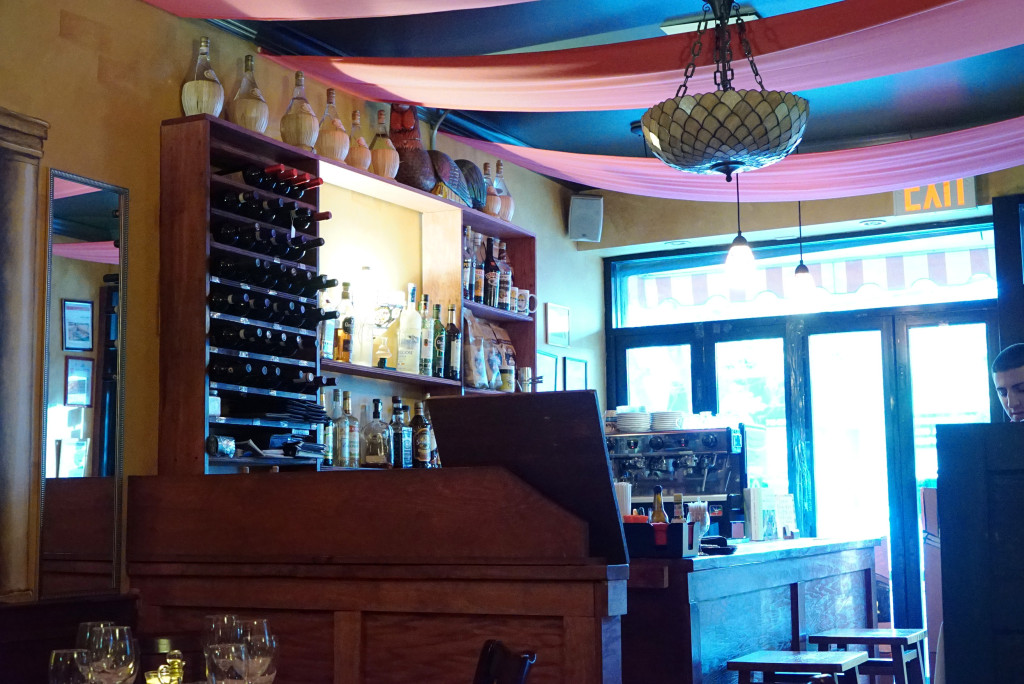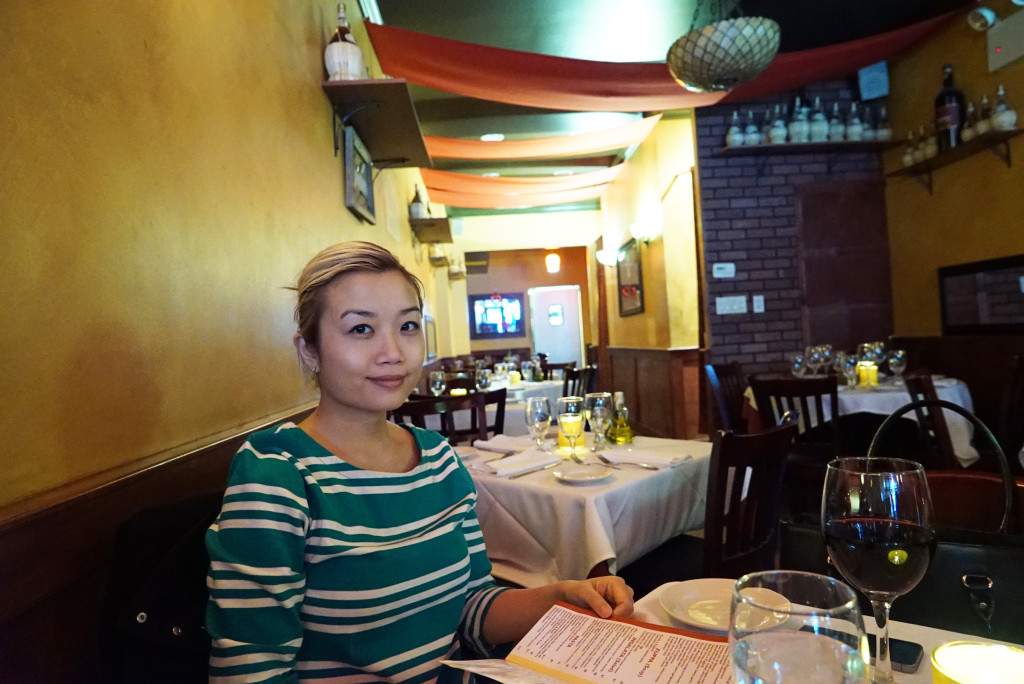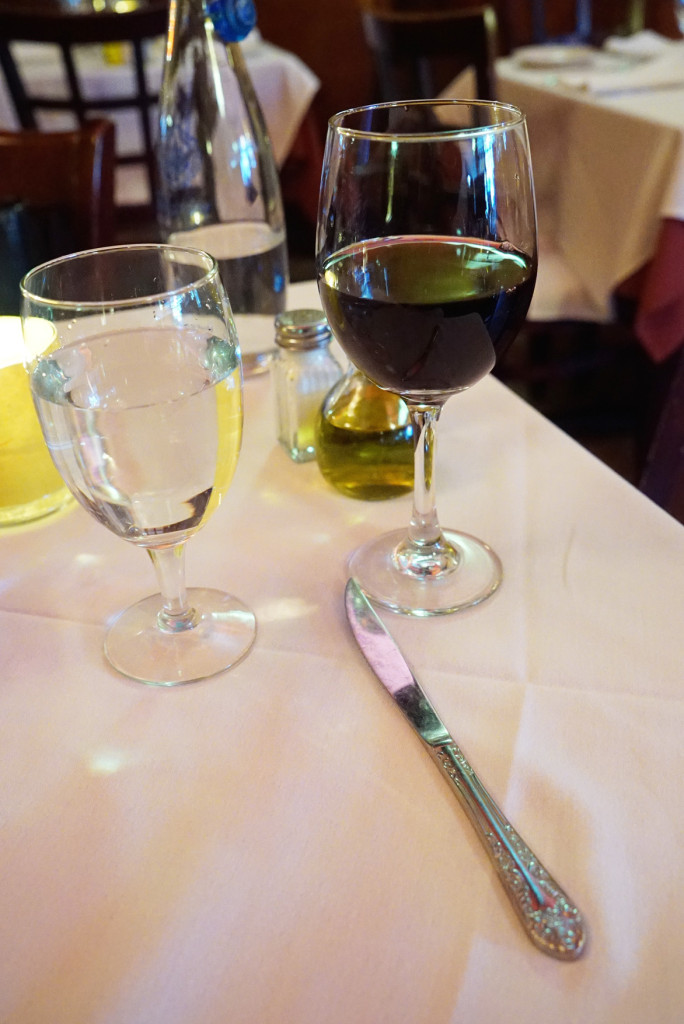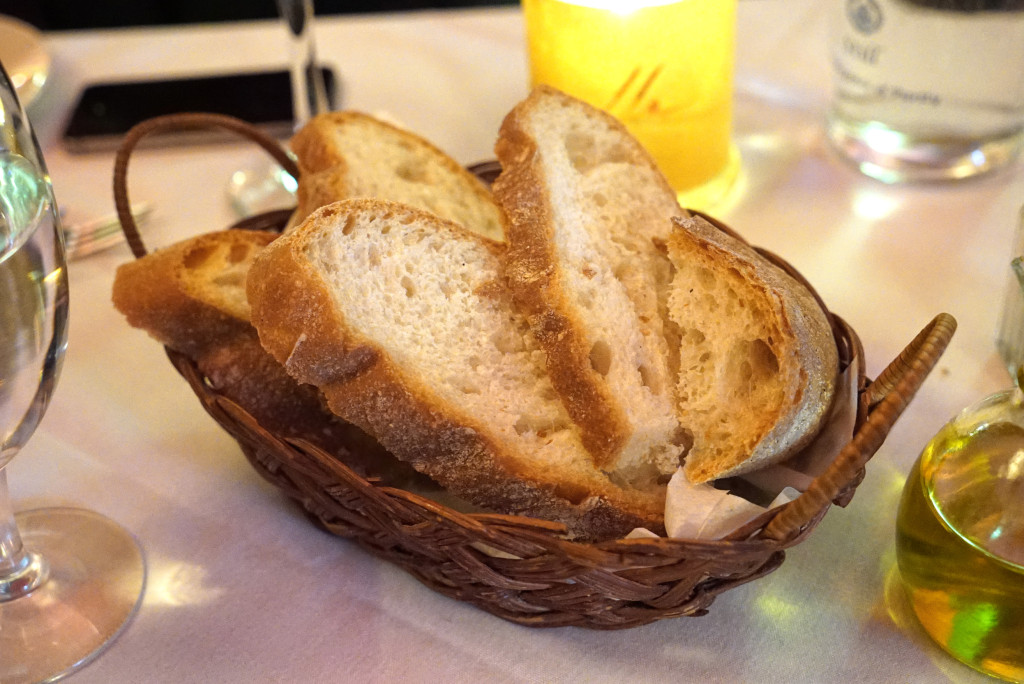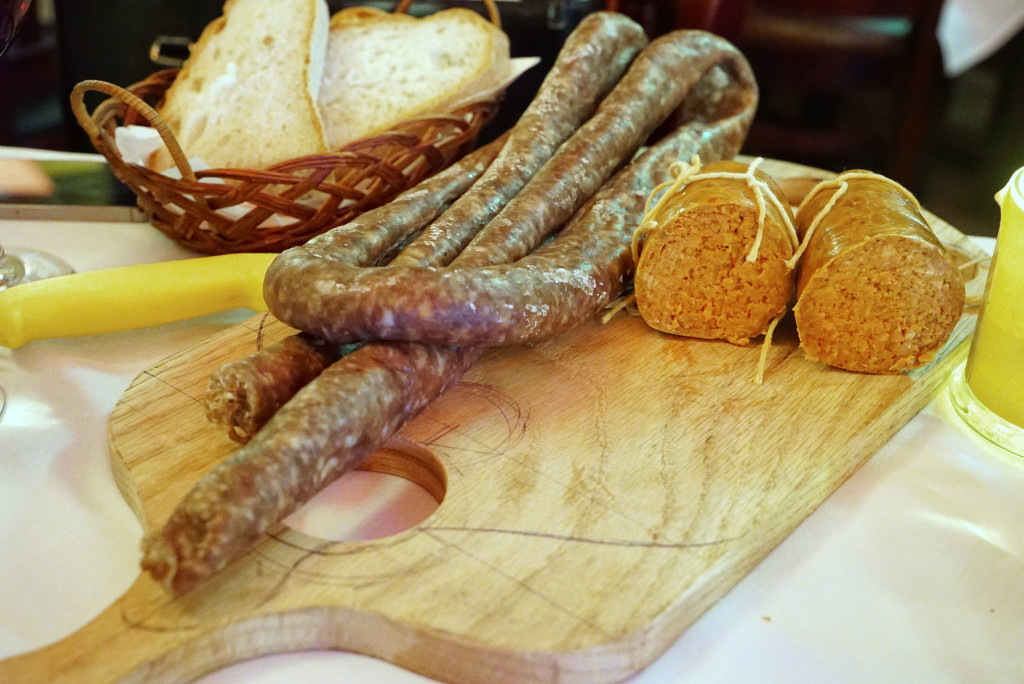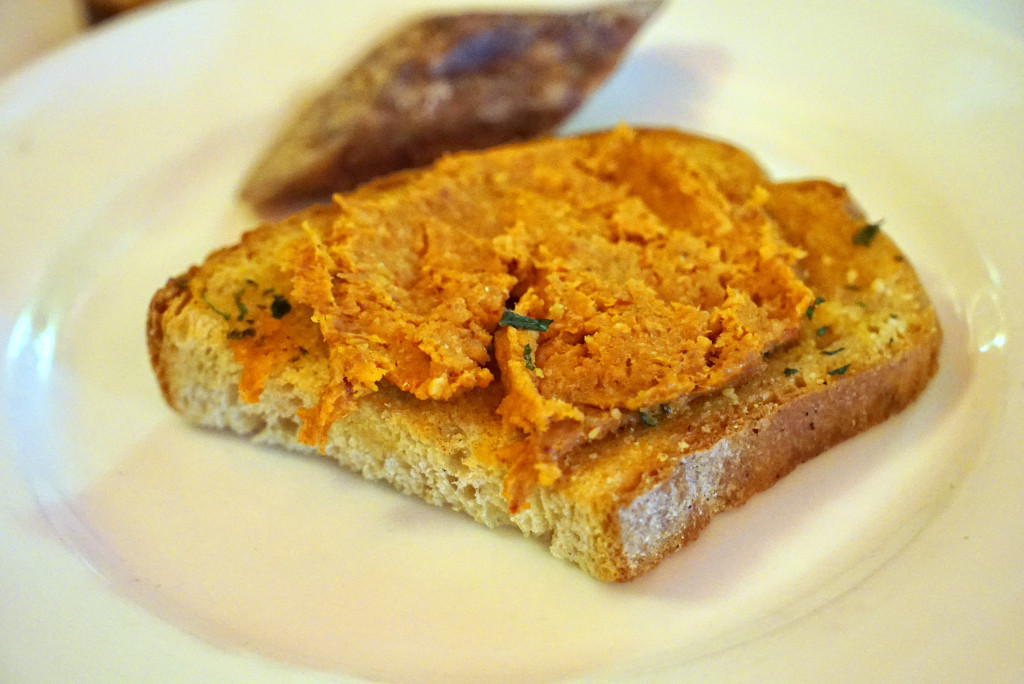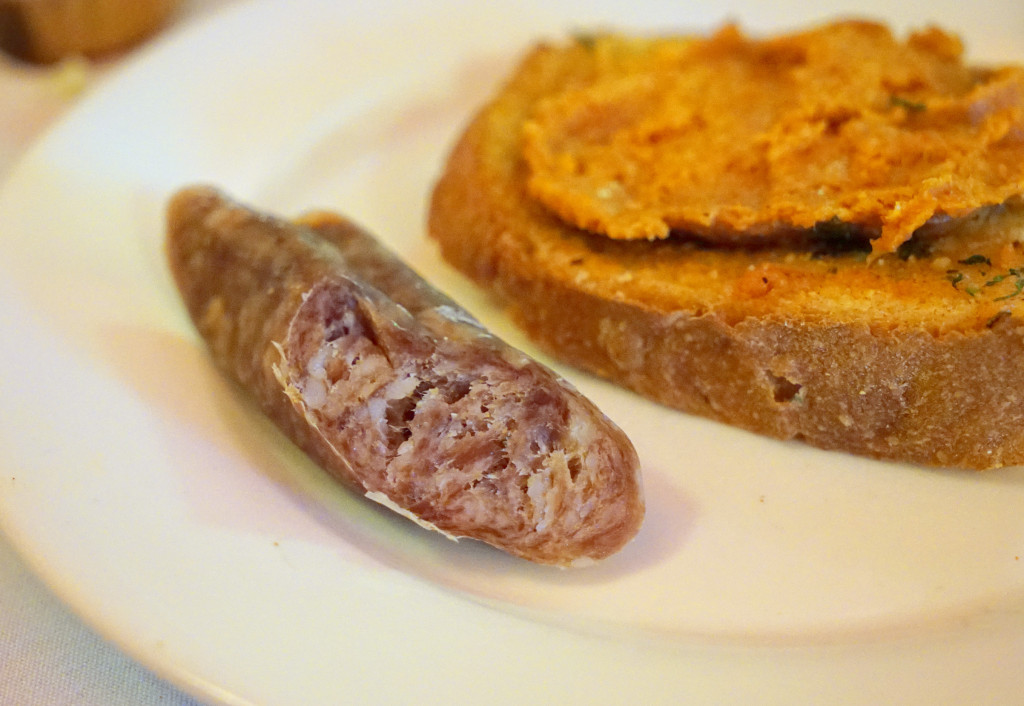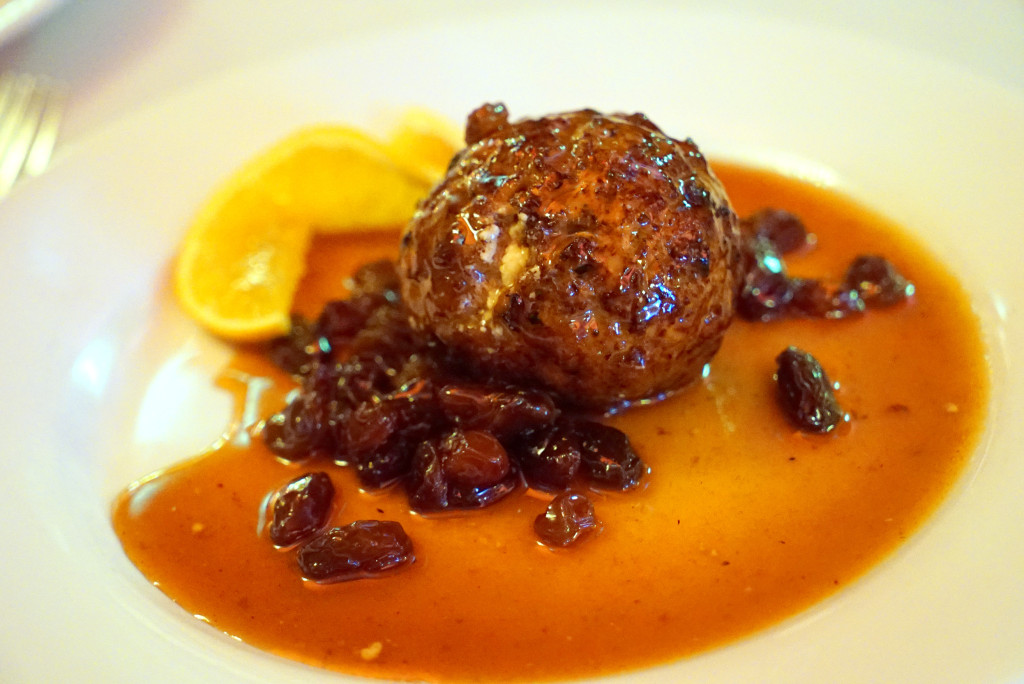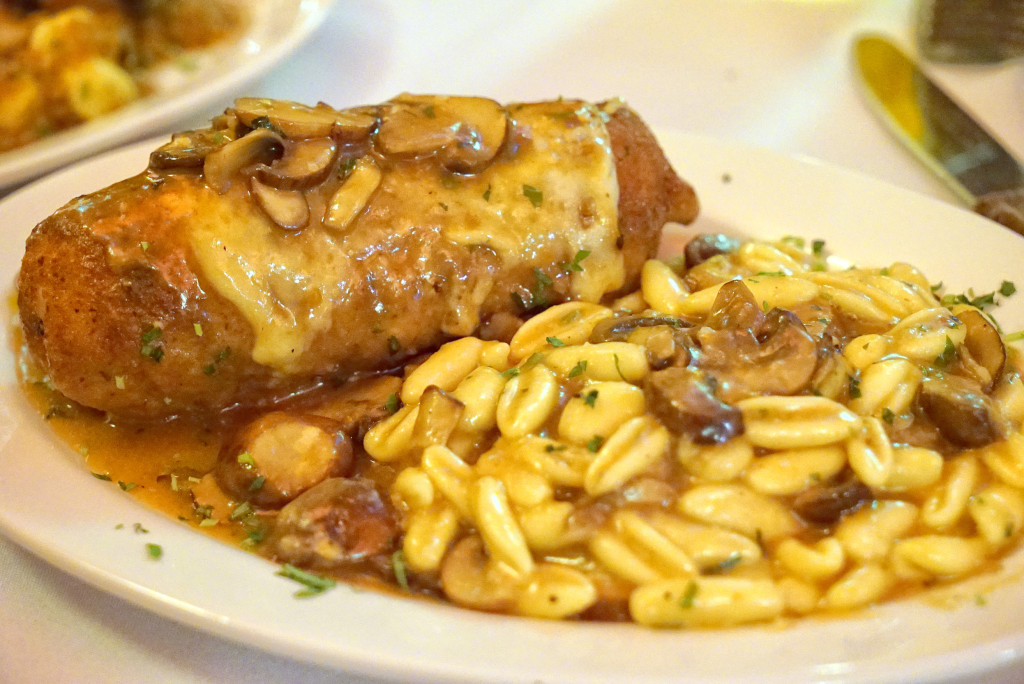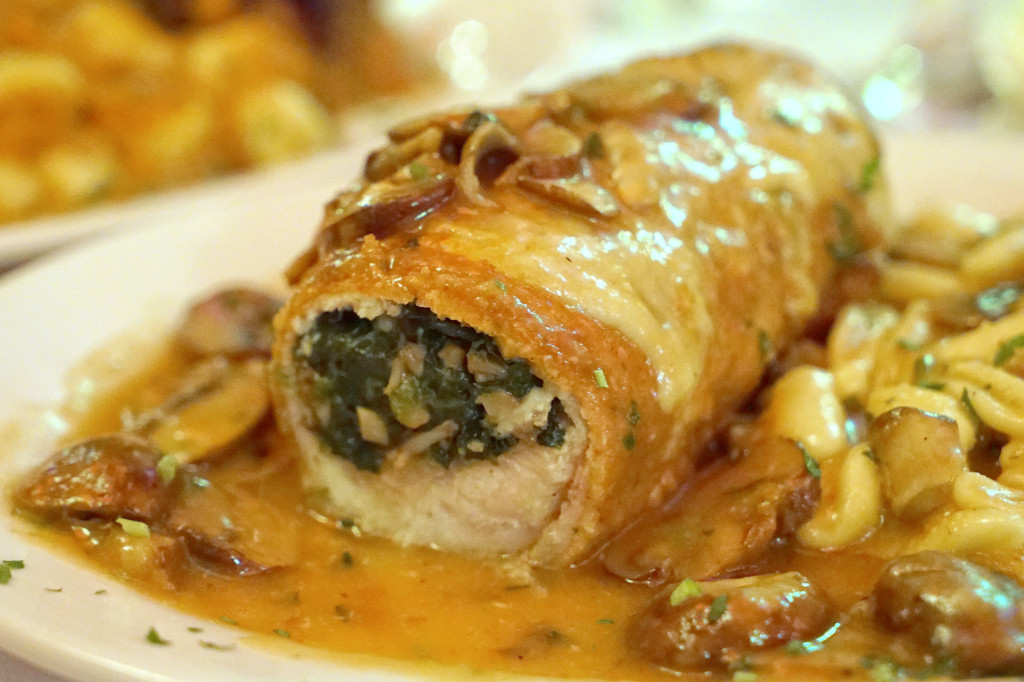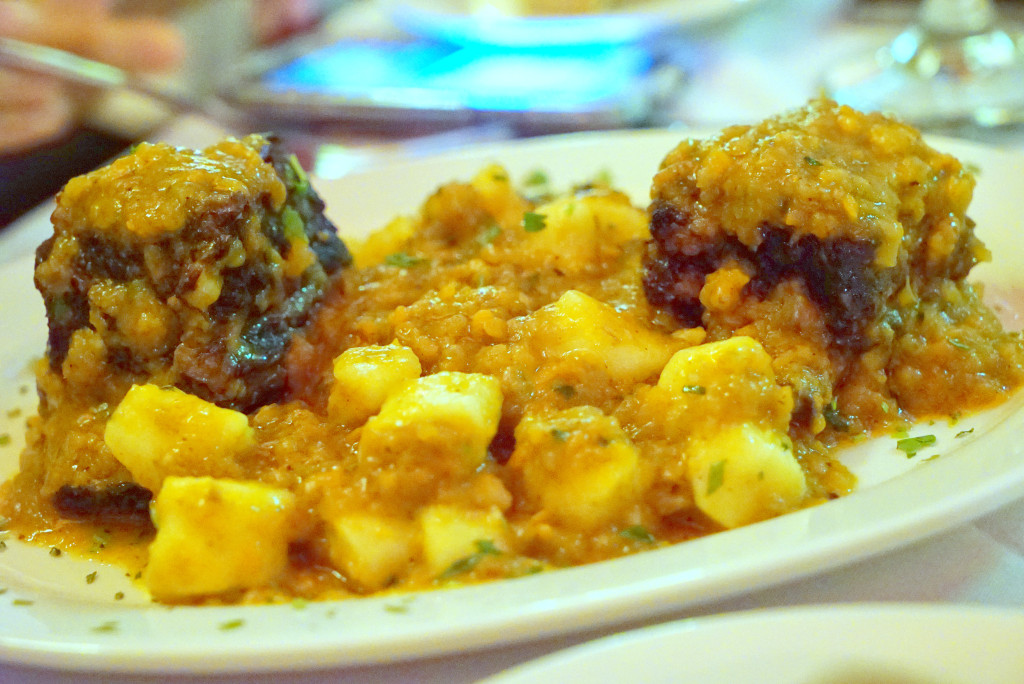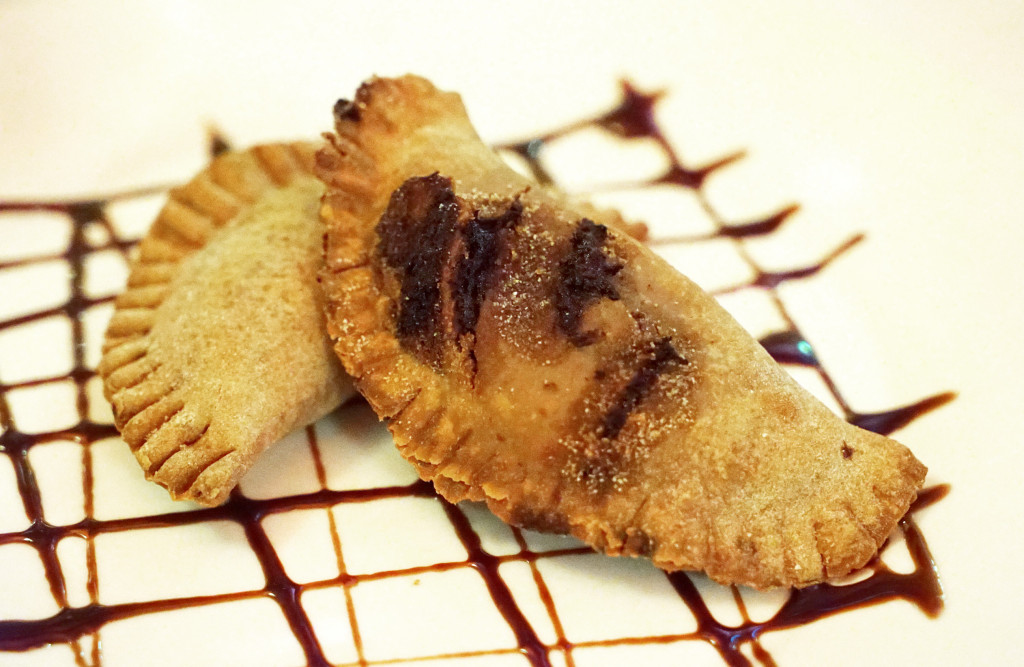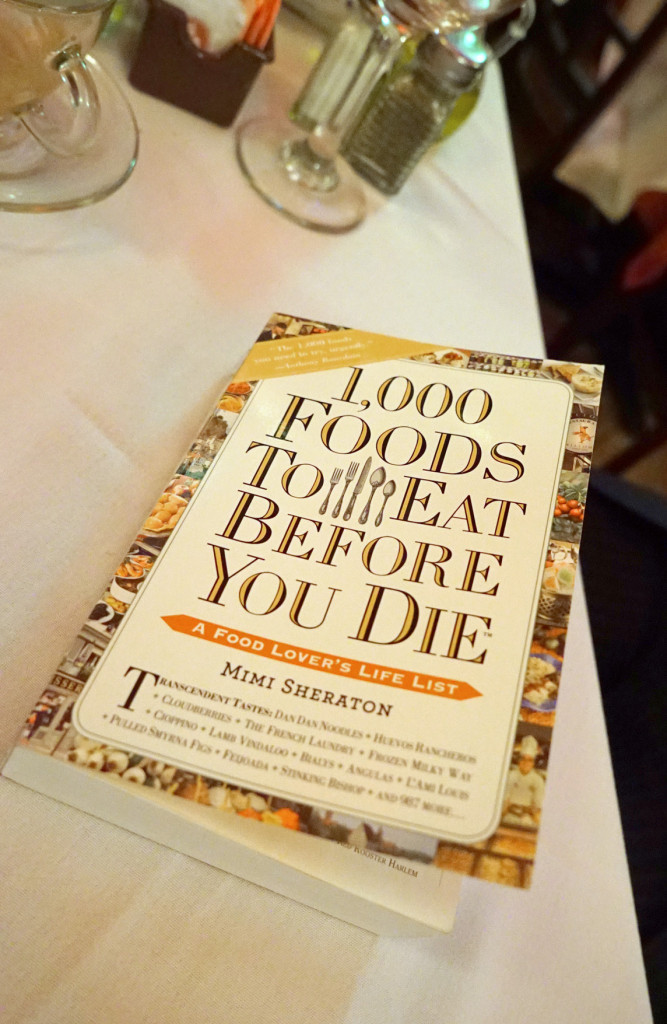Meet Giuseppe Viterale, a meat man after my own heart.
After putting his architecture career to the side, Giuseppe came to the US from Italy, sight unseen. He diligently worked his way up through the restaurant industry, all the way from bus boy, to waiter, to manager, and, eventually, to owner of his own restaurant, Ornella, which is romantically named after his wife of 25 years and staffed with his sons.
But that’s not where it ends. Giuseppe owns a pig farm in the Catskills where he spends lots of time working on and perfecting new recipes, and curing his own meats. SAY WHAT!?!??
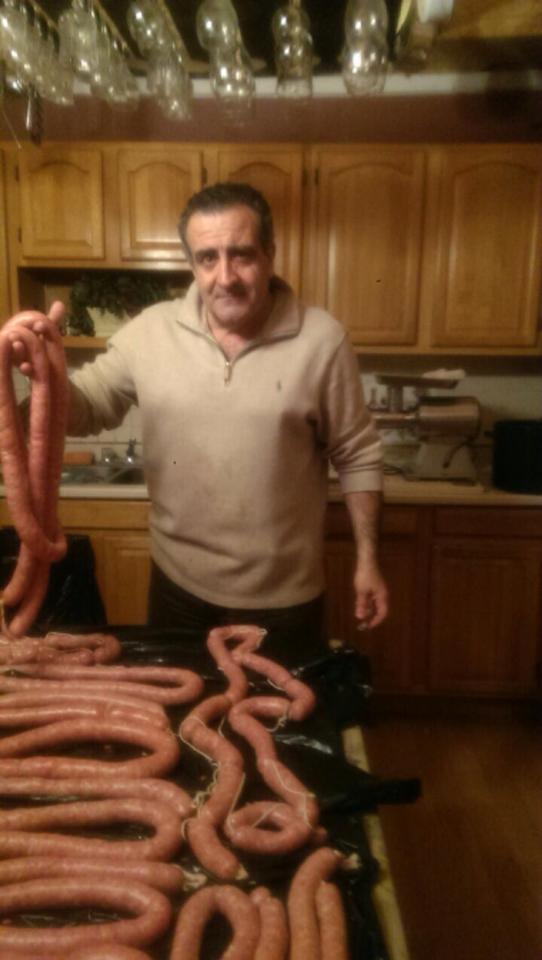
For the last few years, he’s been making his own prosciutto, fresh sausages, cured sausages, nduja sausages and other delicious meat items that end up on the seasonal and special menus at Ornella. As you can imagine, the result is a restaurant that is very meat-centric, fresh, dynamic and locally sourced. Shit, he even has a pretty impressive steak menu and hosts a steak night on Mondays for $15… FIFTEEN DOLLARS!!!
But this isn’t just a place for meat eaters either. There’s a sizable vegetarian selection, and the menu boasts an array of authentic Italian dishes. There’s even some unique items like duck meatballs and sanguinaccio (a chocolate blood pudding dessert), inventive sauces like pistachio pesto sauce and orange brandy sauce, and interesting pasta dishes made from hemp, buckwheat and chestnut flour – all made fresh in house.
They’ve even recently added a pizza selection for the delivery menu:
The joint has even been featured on ABC’s Eyewitness News:
My wife and I stopped in for a complimentary press dinner after Giuseppe reached out to me and let me know about his gem of a restaurant in Astoria.
Giuseppe has an incredibly magnetic personality. He is overflowing with information and a desire to impart his knowledge of food history, his food philosophy and his ideas about food culture onto everyone around him. He has actually even considered hosting classes for this very reason. But what exactly is his philosophy? That food, what we eat, how we eat it, and the quality and history of our dishes, is central to everything; our humanity, our health and well being, our economy, our interpersonal relations, and our understanding of one another. And he’s right. The kitchen is the center of any home. The table is where we congregate as a family and actually interact with one another. In a living room, we simply stare at the television. All peoples with rich cultures have rich food cultures, he explained. One thing that crosses cultural, visual, and audio-linguistic barriers is our common need and desire for food. Food brings people together.
Another interesting aspect of Giuseppe’s philosophy was what he referred to as “slow food.” With everything becoming expensive and factory-commercialized, with the proliferation of fast food joints and instant gratification meals, he was drawn to start making his own products and spend real time making dishes as opposed to just buying products and preparing them for diners. This is how the pig farm started. Giuseppe found that he could either buy nduja sausage for $80, which wasn’t that good to begin with and was very difficult to find in the form he wanted due to embargoes and other impediments, or he could make his own and control every aspect of the flavor, just how he wanted. He explained that he could actually verify where an animal came from and what it ate while living, unlike what is happening now with “prosciutto di Parma.” He could ensure the quality, the spice level, and the firmness or texture of whatever he was making. He could take different parts of the animal and cook them each in their correct way in order to utilize the entirety of the animal without wasting the undesirable parts. So many places only cook the items that are quick and easy to move off the line in a kitchen. “Slow food” is more respectful to the product and the environment, he explained.
His passion and respect for food shines through his dishes, as does his inviting, innovative and creative personality. He has applied his background in architecture to his food endeavors. “In order to have a strong building, you first need to build a good foundation,” he said. Quality ingredients, strong, basic cooking techniques… “Then you can build up, you can build flavors.” Well if cooking is architecture, then Giuseppe is Frank Lloyd Wright, and his food is the Guggenheim. Not only is he great with the foundations, but he is wildly creative as he builds up from there.
Here’s what we tried:
First there were the massively poured goblet of Montepulciano wine. Very smooth yet robust and flavorful. A perfect red for meat eating. I had read about the large glasses of wine served here online. This was a treat, and they certainly live up to their reputation of BIG wine pours.
The bread was a nice rustic style, crisp and flakey on the crust and soft and savory on the inside.
Giuseppe sat with us and explained the two different types of sausages we were about to try, both of which were homemade at the farm upstate.
First was the nduja, which is a Calabrian-originated product that is somewhat similar to French andouille, only soft like a pate, as well as spicy. It was spread across a nice slice of farm house bread. The main ingredients are pork belly and red peppers. Simple and delicious.
I’ve never had anything like this before, where it can be spread across bread like butter or pate. It was absolutely amazing. The spice level was mild to medium, so it didn’t ruin your taste buds for the rest of the meal.
Next was the hard, dried sausage. This was aged and cured perfectly. It would make for a really amazing thin-sliced charcuterie plate, but it is equally great to just gnaw on like jerky. It had a wonderful natural flavor. You knew you were eating something that was made with care.
We had the pleasure of trying the famous duck meatballs for our appetizer. In the center was a blend of mild cheeses like mozzarella and ricotta, so as not to take away any attention from the duck.
The orange brandy sauce was a classic pairing with the duck, yet presented in an innovative Italian way in the form of a meatball. Those are raisins you see garnishing the plate as well.
Next up was probably my favorite of the savory courses. Pork chop, pounded flat, lightly breaded and fried, and rolled up / stuffed with mushroom, spinach and cheese, dressed in a marsala wine sauce with mushrooms and served with absolutely perfectly executed cavatelli.
Cavatelli is my favorite kind of pasta, so for me to rave about it here means a little something extra. I loved it – every last bite.
Next was some “slow food” braised beef short rib, on the bone, and served with gnocchi. This was topped with a reduction of the braising liquids, which was essentially carrots, celery, onion and a little bit of tomato.
Despite the fact that I am not a huge fan of gnocchi to begin with (too starchy and often gummy for me), I really did enjoy this dish. The beef was tender and fell off the bone, and the sauce was impressive. When I heard “reduction of the braising liquid” I was expecting something very salty. This was actually kind of light for a beef sauce. Impressive.
Last, but certainly not least, was the absolute star of the show for both my wife and I. You can’t get it anywhere else in the world, as a matter of fact. Only in Astoria at this small restaurant. This is the sanguinaccio. It is a raviolo made from a mixture of chestnut and regular flour, fried up like an empanada but stuffed with a 50/50 mixture of pigs blood and chocolate, to make a blood pudding that’s been spiced with cinnamon, clove, orange peel and sugar. If I had to guess, 90% of people would cringe at the description of this, but all you need to do is take one fucking bite and you will have your entire world turned on its head.
This is definitely a bucket dish: a dish to put on your bucket list, something you must try before you die. And I’m not the only one who thinks this way. This dish (as well as another made by Giuseppe), was featured in the book “1000 Foods to Eat Before You Die,” written by famous New York Times food critic Mimi Sheraton.
I really can’t say enough good things about that dessert. It was amazing, and I’m generally not a sweets guy, and certainly not a chocolate guy. I’ve never seen blood served in a dessert manner. I’d had my fair share of blood sausages, congealed blood cubes like gelatin in asian soups, etc. But never like this in dessert. Amazing. I’ll definitely be back here soon, and I hope you make your way there as well. Go and experience this rare dish, and fall in love with all the other great innovations that Giuseppe has to offer. He’s truly a talented man.
ORNELLA TRATTORIA
29-17 23rd Ave.
Astoria, NY 11105

